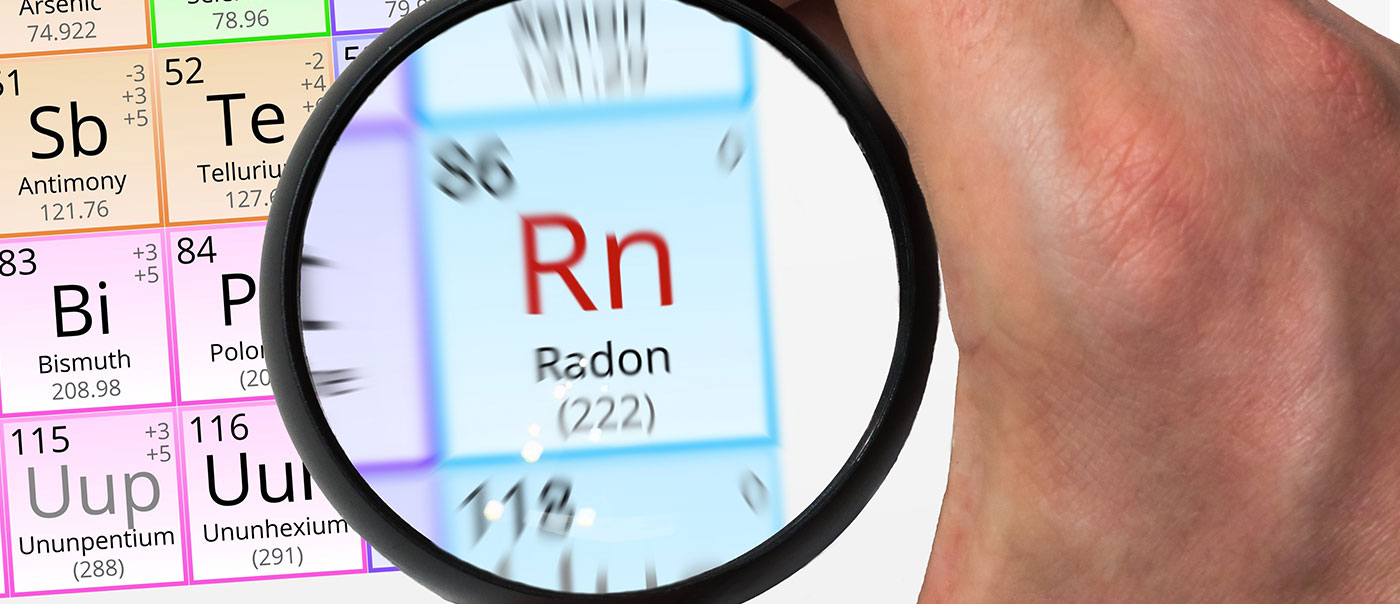What has 86 electrons, a standard atomic weight of 222, is represented by the symbol Rn on the periodic table, and could be slowly killing you and your family? Radon.
This month, to coincide with the federal government’s National Radon Action Month, we collaborated with with Health Canada and Canadian Association of Radon Scientists and Technologists (CARST) to launch “A Homeowners’ Guide to Radon.” Radon awareness is essential for radon action and this timely publication touches on both.
As a Director on the Canadian Radon Proficiency Policy Board, a stakeholder group that works to develop proficiency standards for radon testing and remediation in Canada, I understand the science behind radon. I know it is a naturally occurring radioactive gas present in virtually every breath you take, and at low levels it presents negligible risk to your health. However, if radon accumulates indoors, it can increase the risk of lung cancer by 16 per cent.
As a REALTOR®, I know some level of radon is present in all homes. And, just like changing your furnace filters and replacing smoke alarm batteries, testing for and, if necessary, mitigating high levels of radon is simply a part of responsible homeownership.
Let me walk you through a typical do-it-yourself radon test:
Step 1: Choose a radon test kit. Some common kits are:
- AccuStar Alpha Track Long-Term Radon Gas Test Kit for Canadians;
- Landauer Alpha-Track Long-Term Detector;
- Pro-Lab Do-It-Yourself Radon Gas Long Term Test Kit; and,
- Radon Control Radon Test Kit for Canadians.
All cost about the same as a can of paint ($50-$75).
Step 2: Pick a start date. Radon tests should be completed during the fall or winter when windows are closed and radon accumulates the most.
Step 3: Set it down and forget about it. Place your radon testing kit in the lowest frequented level of your home and leave it for three months. Long-term tests (>3 months) provide the most accurate reading of radon.
Step 4: Ship it off for the results. Send your test kit to the laboratory indicated on the instructions so it can be processed.
Homeowners will then receive results either by mail or online. If you receive a radon reading in excess of Health Canada’s standard of 200 becquerels per cubic foot, you should discuss mitigation options with a radon mitigation professional certified by the Canadian National Radon Proficiency Program (C-NRPP). All homes can be mitigated for radon – and for less than you might think.
For more information on radon, check out the new “A Homeowner’s Guide to Radon,” follow the conversation on social media using the #RadonActionMonth, and share your experiences testing and mitigating for radon in the Comments below.





